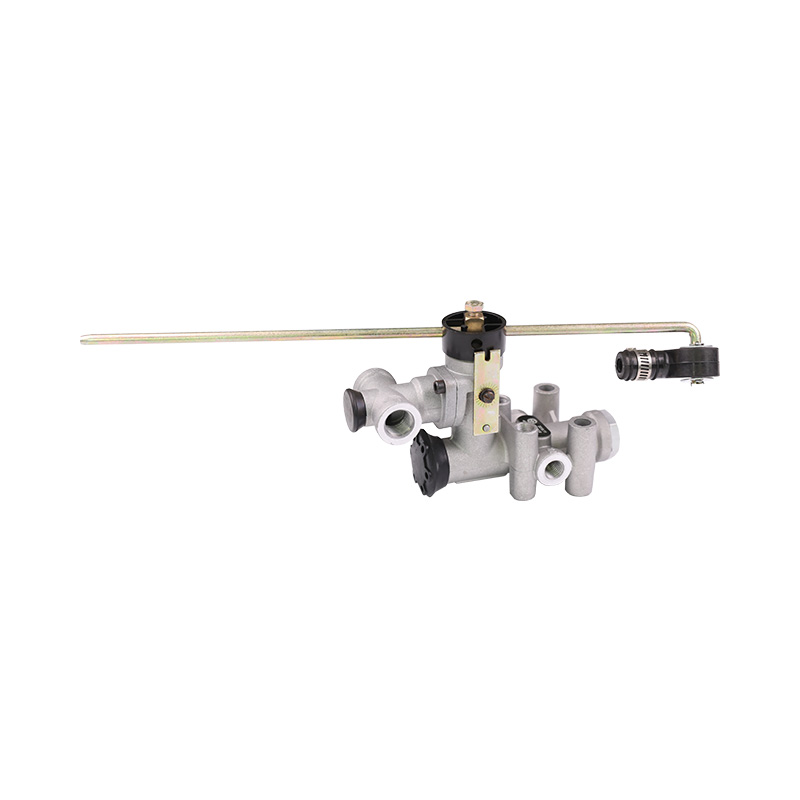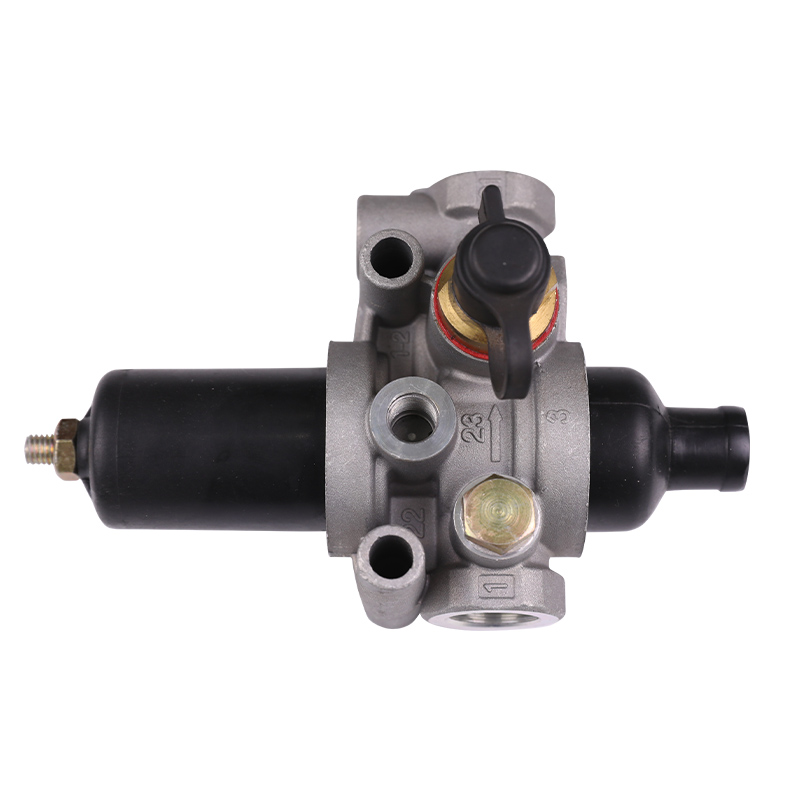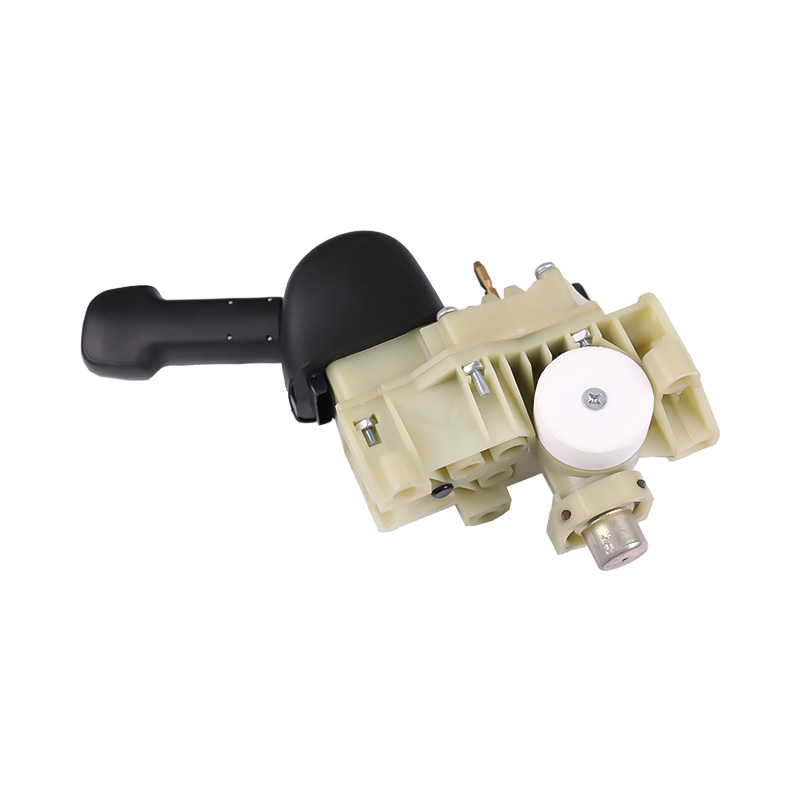Solving the oil leakage problem is an important part of ensuring the normal operation of the Truck Gearbox Valve. Understanding the cause of the oil leakage is the first step to solve such problems. There are many reasons for oil leakage, mainly including aging or damage of the seal ring, cracks in the valve body and its joints, wear of the hydraulic oil pipeline, and contamination inside the valve. With the extension of the use time, the sealing material inside the valve will gradually deteriorate due to high temperature, high pressure and chemical corrosion, resulting in a decrease in sealing performance and eventually causing oil leakage. At the same time, the valve body material may have tiny cracks during long-term use, which can also cause hydraulic oil leakage. In addition, if the bolts at the joints are loose or improperly installed, it may also cause oil leakage. Therefore, a comprehensive inspection and analysis of the cause of the oil leakage is the basis for solving the problem.
After determining the cause of the oil leakage, it is crucial to conduct detailed inspection and maintenance. First, the seal ring of the Truck Gearbox Valve should be inspected to observe whether there is obvious aging, cracks or deformation. If the seal ring is found to be damaged, it needs to be replaced immediately. During the replacement process, high-quality materials that meet the specifications should be selected to ensure that they have good resistance to high temperature, pressure and corrosion, and be careful when replacing to avoid damage to other parts of the valve.
Next, the valve body needs to be carefully inspected to confirm whether there are cracks or other damage. The integrity of the valve body can be judged by visual inspection and the use of professional detection tools (such as ultrasonic flaw detectors). If cracks are found, welding repairs or replacement of the entire valve may be required. For loose connections, all connecting bolts need to be checked to ensure that they are tightened in place. If a connection is found to have a leak, it may be necessary to disassemble and install a sealing gasket to improve the sealing performance.
The inspection of the hydraulic oil pipeline should also not be ignored. Worn or aged oil pipes may cause oil leaks, so all oil pipes need to be carefully inspected during maintenance. If the oil pipe is found to be cracked, worn or aged, it should be replaced in time. When replacing the oil pipe, be sure to ensure that the specifications of the new oil pipe are consistent with the original oil pipe, and check the sealing of all connections during installation to prevent future oil leaks.
After dealing with the oil leak, it is essential to clean and maintain the system. The oil leak area usually accumulates dirt and impurities, which may affect the normal operation of the hydraulic system. Therefore, use an appropriate cleaning agent to clean the oil leak area to remove oil and impurities. After cleaning, check the quality of the hydraulic oil and replace it if necessary to ensure the normal operation of the hydraulic system.
After solving the oil leak problem, regular maintenance and inspection are key to ensure the normal operation of the Truck Gearbox Valve. It is recommended to develop a regular inspection plan, including a comprehensive inspection of the Truck Gearbox Valve and its related components. Regularly checking the condition of the seal ring, the integrity of the valve body, and the wear of the oil pipe can detect potential problems in time and prevent the recurrence of oil leaks. In addition, keeping the hydraulic oil clean and at the proper oil level is also a key factor in ensuring the normal operation of the Truck Gearbox Valve.






